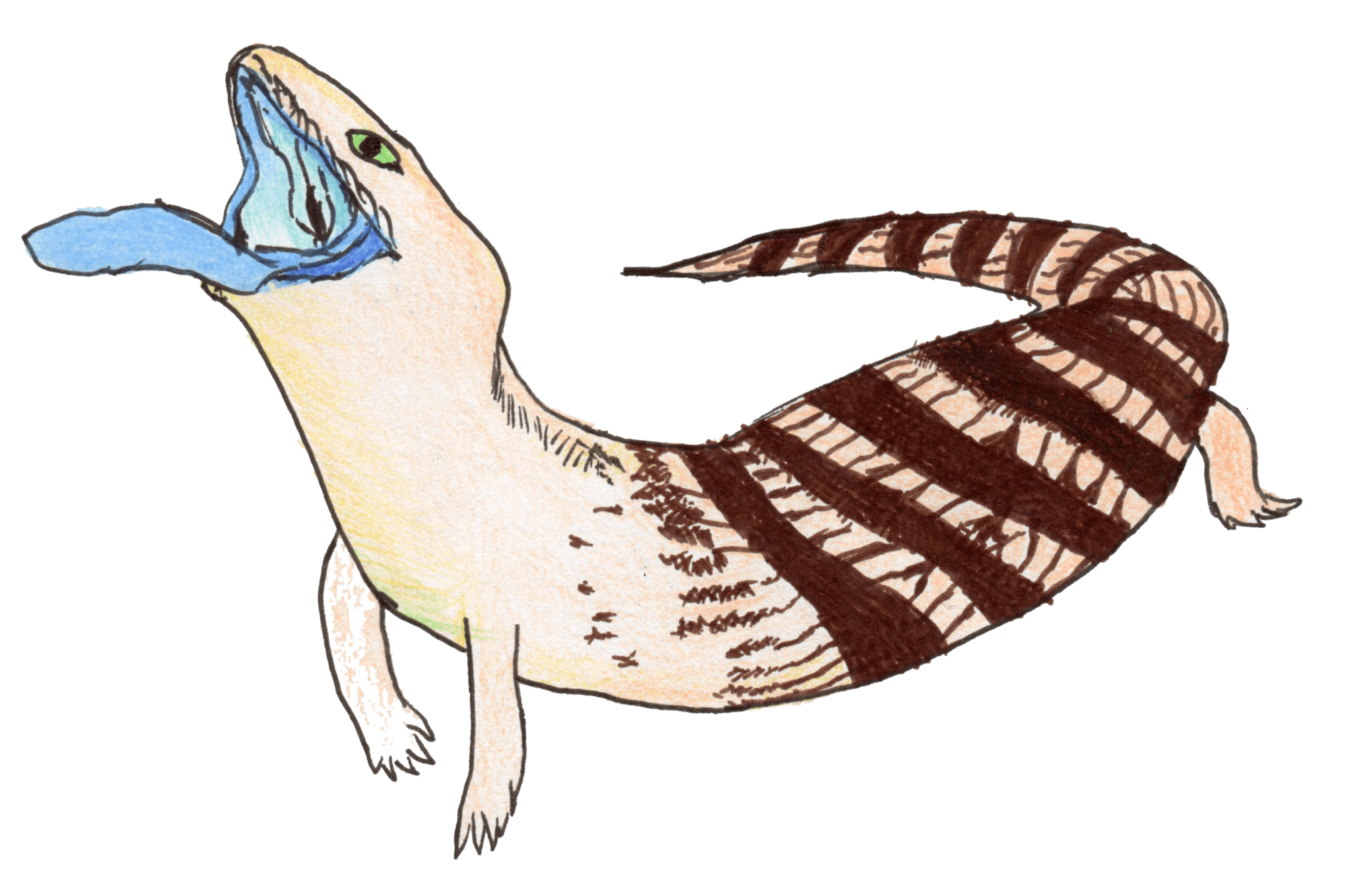Like many a Sydneysider, I grew up surrounded by pockets of nature: greenery filled with the deafening sounds of cicadas in the heat, the croaking of frogs at dusk, and birds flitting about the trees. One of the constants of my childhood summers was seeing skinks running about and blue-tongue lizards sunning themselves on the warm pavers. Sprinting across open patches of land, these lizards crawled amongst the brush and rustled the grass as they moved. On a hot day, they’d claim our garden steps for their own, vacating it only as we got too close, only to promptly return to the deliciously warm patches of sun.
A few years ago, I looked about my garden and realised it had been years since I’d seen a blue-tongue. Gone are the days when I’d see lizards the size of my forearm. Now, I’m lucky to see more than a few little skinks a month.
I’m not the only one to have noticed this. Conservationists have been voicing their concern for a decade now, stating that native species are increasingly threatened by human habits. Rapid urbanisation and increasing population density have significantly impacted the size and extent of blue-tongue lizard populations. The rise of apartment blocks and duplexes has not only cleared previously untouched land, but has shrunk what greenery is left. Backyards continue to get smaller, with many families installing decks, concrete, and pools, where previously bushes would have hidden a family of blue-tongues.
Snail bait and increased use of pesticides have threatened native species. Domestic pets, particularly cats, continue to terrorise what remains of the lizard population. Attacks from pets on native wildlife have numbered in the thousands over the past few years, with one cat killing on average 16 mammals, eight birds and eight reptiles a year (Birdlife WA).
In the Environment Protection and Biodiversity Conservation Act (1999), the Adelaide Pygmy Blue-tongue (tiliqua adelaidensis) was declared to be nationally endangered. Its cousins, the Western and Centralian Blue-tongues (tiliqua occipitalis and multifasciata, respectively), are listed as vulnerable, whilst the Slender Blue-tongue (cyclodomorphus melanops elongatus) has also been declared endangered.
As a national icon, the blue-tongue lizard should not be forgotten. In order to help these animals, it is essential that we recreate the spaces of our childhood years. Green spaces, filled with small brush, logs, and stones that provide hiding places are essential. Create homes for the little creatures of our ecosystems. Fill your garden with native grasses and shrubs, keep your pets indoors, and relish in the small victories, or rather, small visitors.





